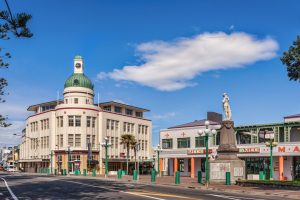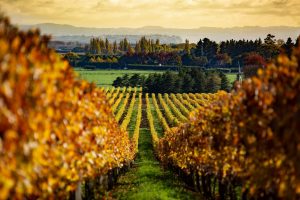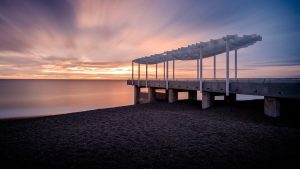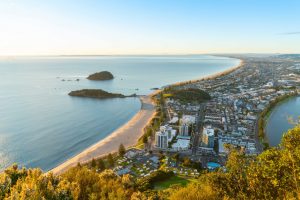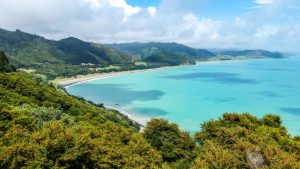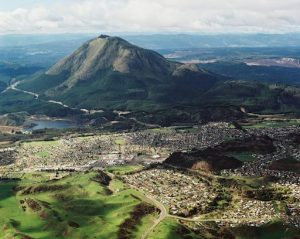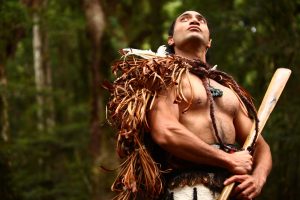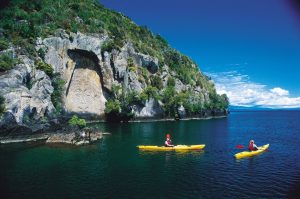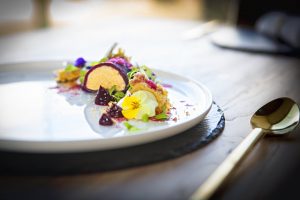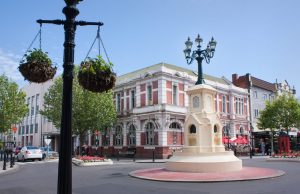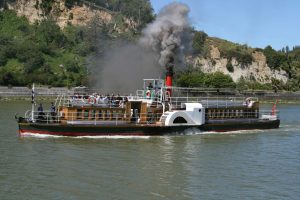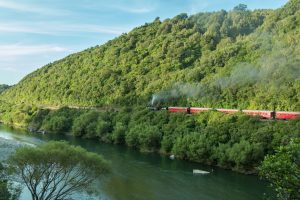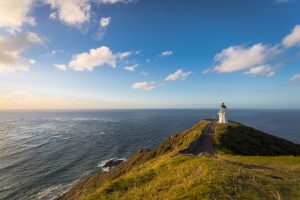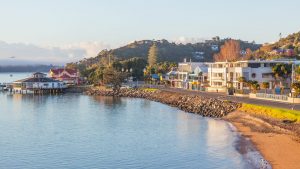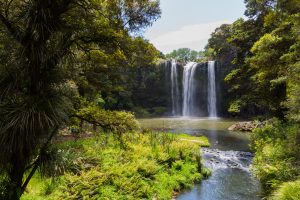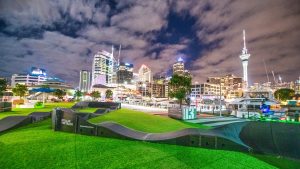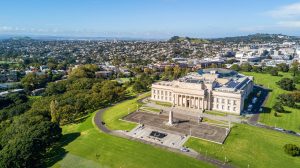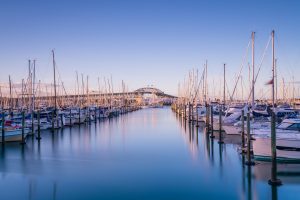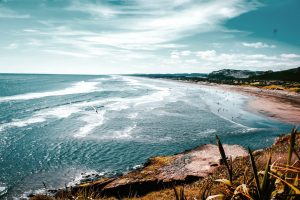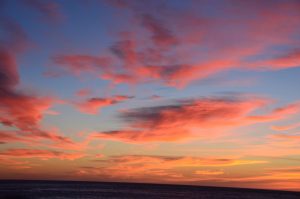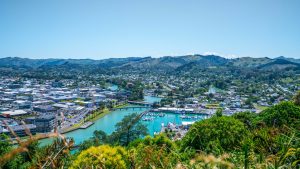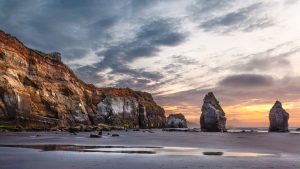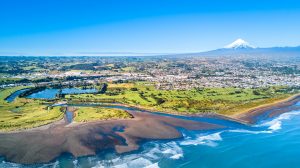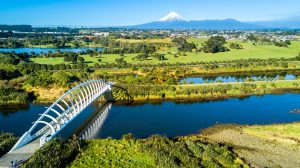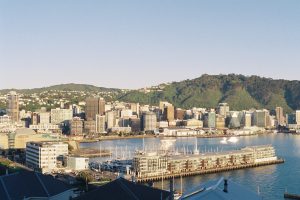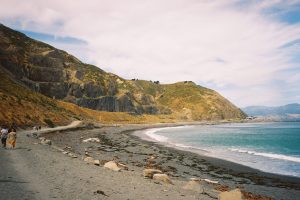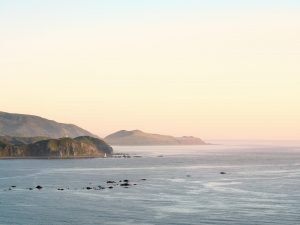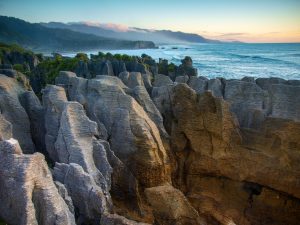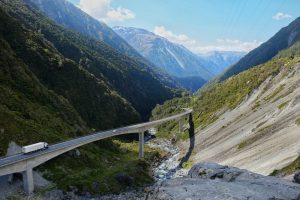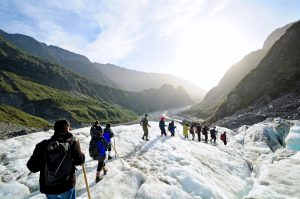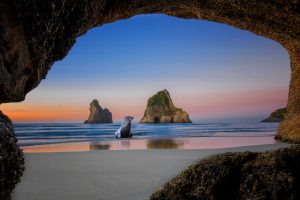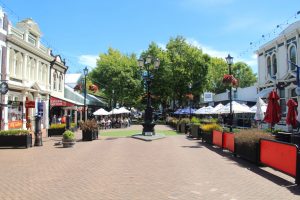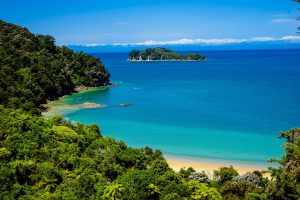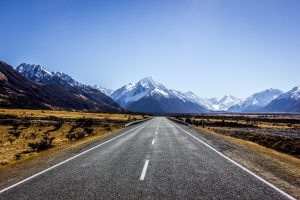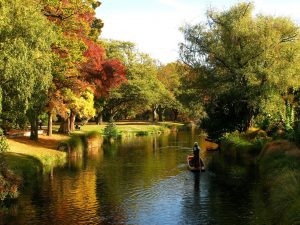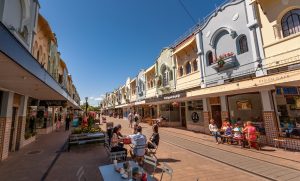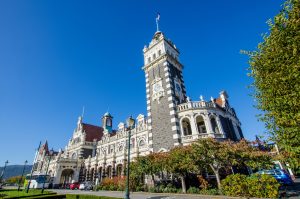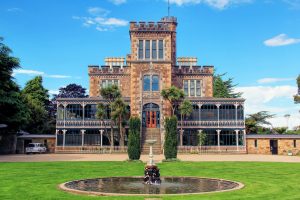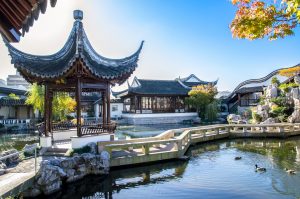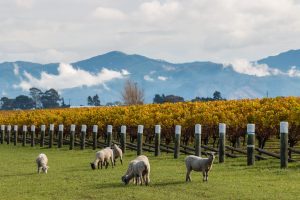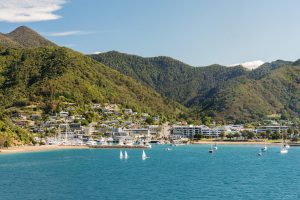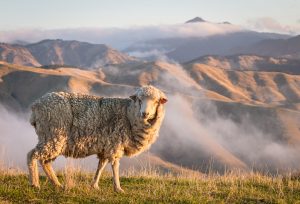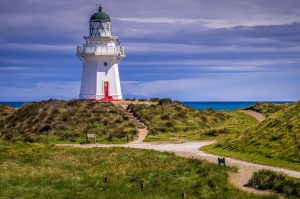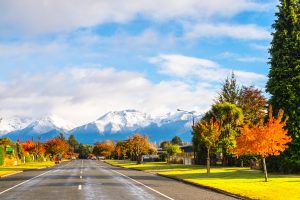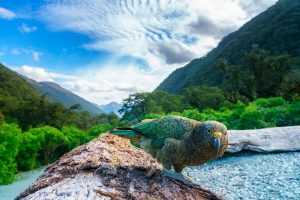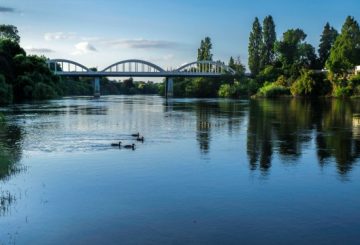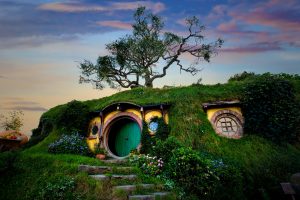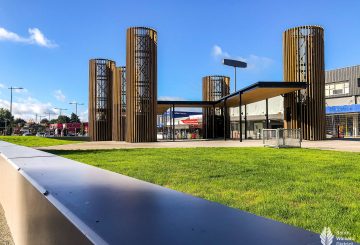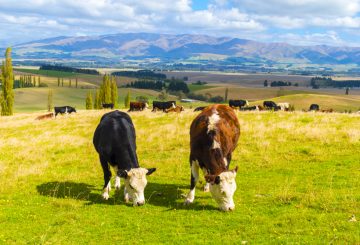Về Taupo
Taupo tọa lạc ngay tại trung tâm đảo Bắc của New Zealand và tại trung tâm của Taupo là hồ Taupo lấp lánh, biển nội địa lớn của New Zealand. Khi bạn đi du lịch quanh hồ, bạn sẽ tìm thấy mọi cảnh quan bạn có thể tưởng tượng. Snow-blanketed mùa đông trượt tuyết sân trượt tuyết và sa mạc núi cao. Rừng cổ còn sống với tiếng chim hót. Những con sông đầy rẫy và Thác Huka sấm sét. Thung lũng địa nhiệt hấp với suối nước nóng trẻ hóa. Ba ngọn núi lửa cao chót vót trong cảnh quan tuyệt vời và thế giới khác của Vườn quốc gia Tongariro.
Truyền thuyết kể rằng Ngatoroirangi chịu trách nhiệm cho sự sáng tạo của hồ. Trong khi tìm kiếm một nơi thích hợp để định cư những người theo mình, ông leo lên đỉnh núi Tauhara, nơi trước khi ông đặt một bát bụi lớn.
Ngatoroirangi, muốn thúc đẩy sự phát triển trong khu vực cằn cỗi này, nhổ một cây totara từ sườn núi và ném nó vào bát bụi. Gió tây khiến ông bỏ lỡ dấu ấn của mình và cây đổ bộ lộn ngược. Các nhánh của nó xuyên qua trái đất và nước ngọt được hàn lên để tạo thành Taupo moana – Biển Taupo. Cây này được cho là vẫn còn nhìn thấy được dưới nước cách bờ khoảng 70 mét tại Wharewaka Point.
Sau một buổi lễ tạ ơn tại bờ hồ mới được tạo ra, ông sau đó nhổ sợi từ áo choàng của mình và ném chúng xuống nước nơi chúng trở thành cá bản địa của hồ. Một trong số này biến thành một con lươn nhưng sau khi quằn quại đi một khoảng cách ngắn nó đã chết. Vẫn chưa có cá chình trong hồ cho đến ngày nay.
Những cư dân ban đầu (tangata khiua) của khu vực là bộ tộc Maori vẫn còn ở đây ngày nay: Ngati Tuwharetoa. Bộ lạc tuyên bố gốc gác từ Ngatoroirangi, hoa tiêu và linh mục tối cao của xuồng di cư Arawa. Sau khi xuồng Arawa thực hiện đổ bộ tại Aotearoa/New Zealand vào khoảng năm 750 sau Công nguyên, Ngatoroirangi và một người họ hàng từ cùng một xuồng, Tia, đã cạnh tranh để là người đầu tiên khám phá khu vực cao nguyên trung tâm.
Phiên bản các sự kiện của Tia kể về sự xuất hiện của ông ở phía đông của hồ, nơi ông ghi nhận một sự hình thành vách đá giống như áo choàng mưa lớn của ông (Taupo). Sau đó ông lập một bàn thờ và tuyên bố nơi này là Taupo-nui-a-tia áo choàng vĩ đại của Tia. Điều này cuối cùng được viết tắt thành Taupo.
Ngatoroirangi, tuy nhiên, cũng đến cùng tuyến bờ phía đông chỉ vào lúc hoàng hôn và lập trại ở đó. Con cháu của ông cũng tuyên bố tên Taupo đến từ tau (để định cư hoặc nghỉ ngơi) và po (đêm). Ngatoroirangi lập bàn thờ của mình sau đó tuyên bố nó đã già hơn của Tia và vì vậy thách thức ông về quyền sở hữu các vùng đất xung quanh. Tia cuối cùng thừa nhận cho ông và di chuyển về phía tây đến một khu vực dưới chân núi Titoraupenga, nơi ông định cư.
Trong thập niên 1980 các bức chạm khắc đá Maori cao 10 mét tại Mine Bay được các con cháu của ông khắc để ghi nhận Ngatoroirangi, người được coi là một hoa tiêu Maori và lãnh đạo bộ lạc có tầm nhìn xa trông rộng.
